Years of service 1911–45 Name Walther Nehring | ||
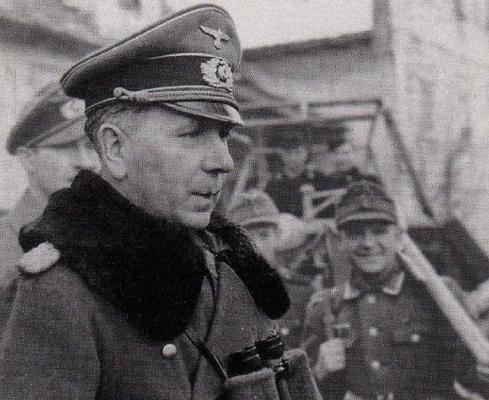 | ||
Born 15 August 1892Stretzin, Schlochau ( 1892-08-15 ) Buried at Nordfriedhof (Northern cemetery), Dusseldorf Battles/wars World War IBattle of Mount KemmelWorld War IIWestern Desert CampaignTunisia campaignEastern Front Died April 20, 1983, Dusseldorf, Germany Place of burial District 1, Dusseldorf, Germany, Dusseldorf, Germany Battles and wars Battle of the Lys, World War II, Western Desert Campaign, Tunisia Campaign, Eastern Front Commands held 18th Panzer Division, Afrika Korps, 4th Panzer Army, 1st Panzer Army | ||
Walther Nehring (15 August 1892 – 20 April 1983) was a German general in the Wehrmacht during World War II who commanded the Afrika Korps.
Contents
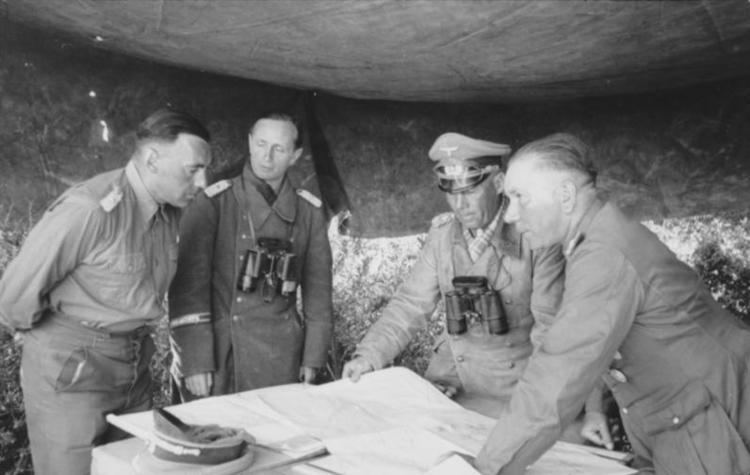
Early life

Nehring was born on 15 August 1892 in Stretzin district of West Prussia. Nehring was the descendant of a Dutch family who had fled the Netherlands to escape religious persecution in the seventeenth century. His father, Emil Nehring, was an estate owner and officer of the Military Reserve. While Nehring was still a child the family moved to Danzig.
Career
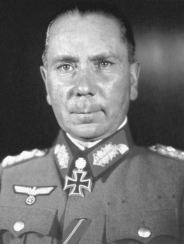
Nehring joined the military service on 16 September 1911 in the Infanterie-Regiment 152. He became a commissioned Leutnant on 18 December 1913. Nehring took command of the Afrika Korps in May 1942 and took part in the last major Axis offensive (Operation Brandung) of the Western Desert campaign and the subsequent Battle of Alam Halfa (31 August - 7 September 1942), during which he was wounded in an air raid. Between November and December 1942, he commanded the German contingent in Tunisia.
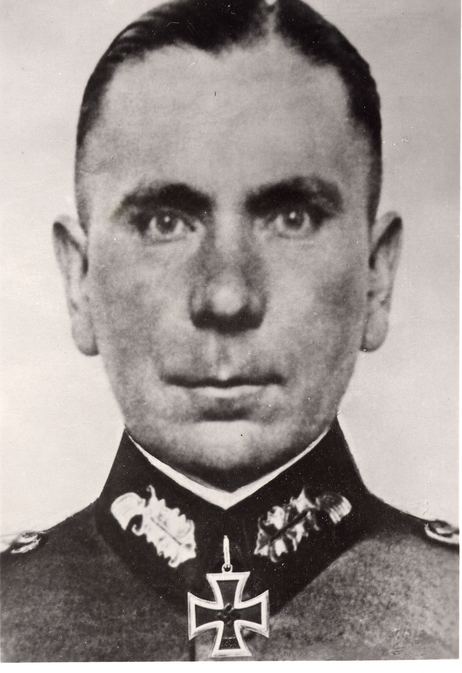
After North Africa, Nehring was posted to the Eastern Front where he commanded first the XXIV Panzer Corps, and then from July to August 1944 the Fourth Panzer Army. Nehring then returned to the XXIV in August 1944 and led the Corps until in March 1945 when he was made commander of the 1st Panzer Army. During 1944 he was also the commanding officer of the XXXXVIII Panzer Corps.
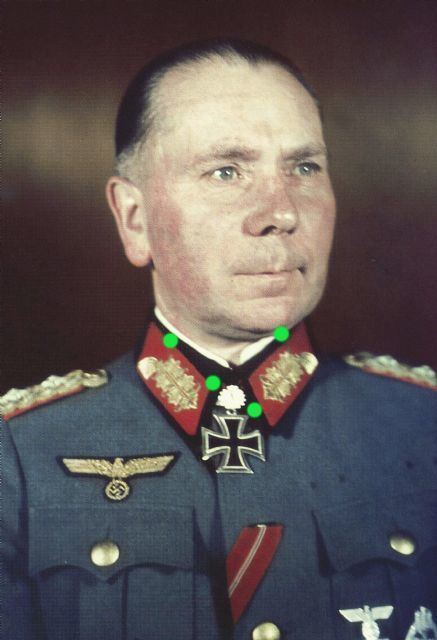
Following the end of the war, Nehring wrote a comprehensive history of the German panzer forces from 1916 to 1945, Die Geschichte der deutschen Panzerwaffe 1916 bis 1945. He also wrote the foreword to Len Deighton's Blitzkrieg: From the Rise of Hitler to the Fall of Dunkirk.
